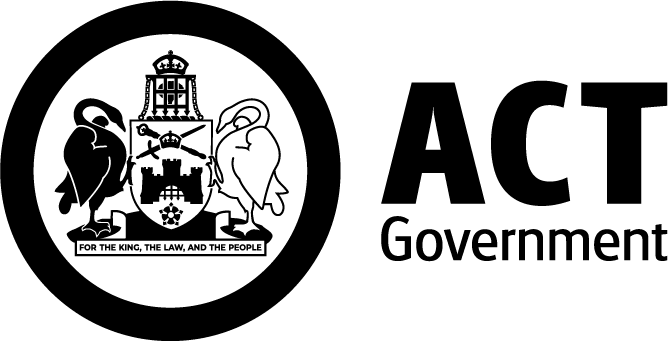A Business Case is required to progress an investment through the Capital Framework process. It is the core component of Stage 2 – Prove (shown in the diagram below). Within the Business Case, the Project Team is required to undertake an Economic Appraisal to varying levels of detail.
The Economic Appraisal will closely integrate with and inform the Benefits Realisation Plan (BRP), which may be developed alongside the Business Case.
The Capital Framework process

Tier requirements
For Tier 1 and Tier 2 projects, the Project Team needs to conduct a full Economic Appraisal through Cost Benefit Analysis (CBA) and Multi-Criteria Analysis (MCA) based on the requirements set out in Step 1 to Step 3 sections of this guideline. The Project Team should develop an Economic Appraisal for the project options that were shortlisted in the Options Analysis.
For Tier 3 projects, the Project Team is required only to identify and describe the relevant benefits, economic costs and project costs for the recommended project option (Step 1 in the process explored in these Guidelines).
Purpose of this section
The purpose of this section is to outline the requirements for the Economic Appraisal that the Project Team must address to support a Business Case under the Capital Framework for each project, Program and Precinct.
Objectives of Economic Appraisal
The primary purpose of an Economic Appraisal is to identify and measure the economic, social and environmental benefits and costs (Footnote: The phrase ‘economic, social and environmental benefits and costs’ is shortened and referred to as ‘benefits and economic costs’ throughout the Guidelines. ) and project costs of a project, Program or Precinct, and to present them in monetary terms where possible. This format allows the comparison of outcomes for a range of options, to facilitate evaluation and decision making.
The key tool used to conduct this analysis is a CBA, which is an assessment tool used to determine whether an option is beneficial relative to the Base Case – that is, whether the option presents economic value for money. The key principle of a CBA is to measure the benefits and costs in monetary terms, allowing them to be weighed up against each other on an equal basis. In principle, an option will be considered beneficial if it delivers benefits that exceed its costs. The most common indicators to express the economic value for money of an option are:
- The net present value (NPV) of all benefits and costs
- The Benefit to Cost Ratio (BCR), which is the ratio of the present value of benefits to the present value of costs. (Footnote: See Infrastructure Australia, Assessment Framework - Guide to economic appraisal, 2021. )
The Project Team should also consider benefits and economic costs that are unable to be expressed in monetary terms within an Economic Appraisal, using MCA and distributional analysis. These outcomes may be as important as the results of the CBA, depending on the project.
MCA is a decision-making tool that involves an evaluation of factors that cannot be expressed in monetary equivalent terms. An MCA differentiates and evaluates options using a set of identified assessment criteria, with a relative importance assigned to each criterion. For more information on what an MCA is and how to undertake one, refer to the MCA Guidelines.
Distributional analysis is an additional tool that articulates how the benefits and economic costs of a project are distributed across demographic groups. The key objective of the distributional analysis is to determine how different community groups within a population are affected by the benefits and economic costs of the project, Program or Precinct.
The Economic Appraisal, through a CBA, MCA and distributional analysis, considers benefits and costs not just to Government, but to the ACT community as a whole.
The Economic Appraisal of project options can be a complex process. In some instances, the Project Team will have the requisite skills to undertake its own evaluation. However, some project options will require external support. As a minimum, the Project Team should be in a position to identify the type and nature of the likely economic, social and environmental impacts that may result from each project option prior to engaging an external consultant.
Interdependencies
The benefits and economic costs identified by the Project Team through the Economic Appraisal should build from the benefits it identified in the Investment Logic Map (ILM). These, and the further benefits and economic costs that the Project Team identifies through the Develop and Prove stages, will inform the ongoing process of benefits realisation and measurement throughout the life of the project. As such, clear identification of the project’s benefits, costs and ways in which they can be measured is important to facilitate the benefits realisation process. For more information, refer to the Guidelines on developing a BRP.
The Economic Appraisal is also interdependent with the following activities the Project Team is required to undertake to develop a Business Case:
- Options Analysis: The Project Team should use the results of this Economic Appraisal to inform the identification of the recommended project option.
- Wellbeing Impact Assessment: The Project Team should use the findings of the Wellbeing Impact Assessment to inform the Economic Appraisal. In particular, this may inform the MCA.
- Financial Analysis: There will often be overlap between the Economic and Financial Analysis in terms of quantification of project costs. However, the Project Team should take care when translating costs between the Economic Appraisal and Financial Analysis, as different assumptions apply to each. More information is provided in Step 2 of the Appraisal Methodology Conduct Economic Appraisal (Tier 1 and Tier 2).
Footnotes:
